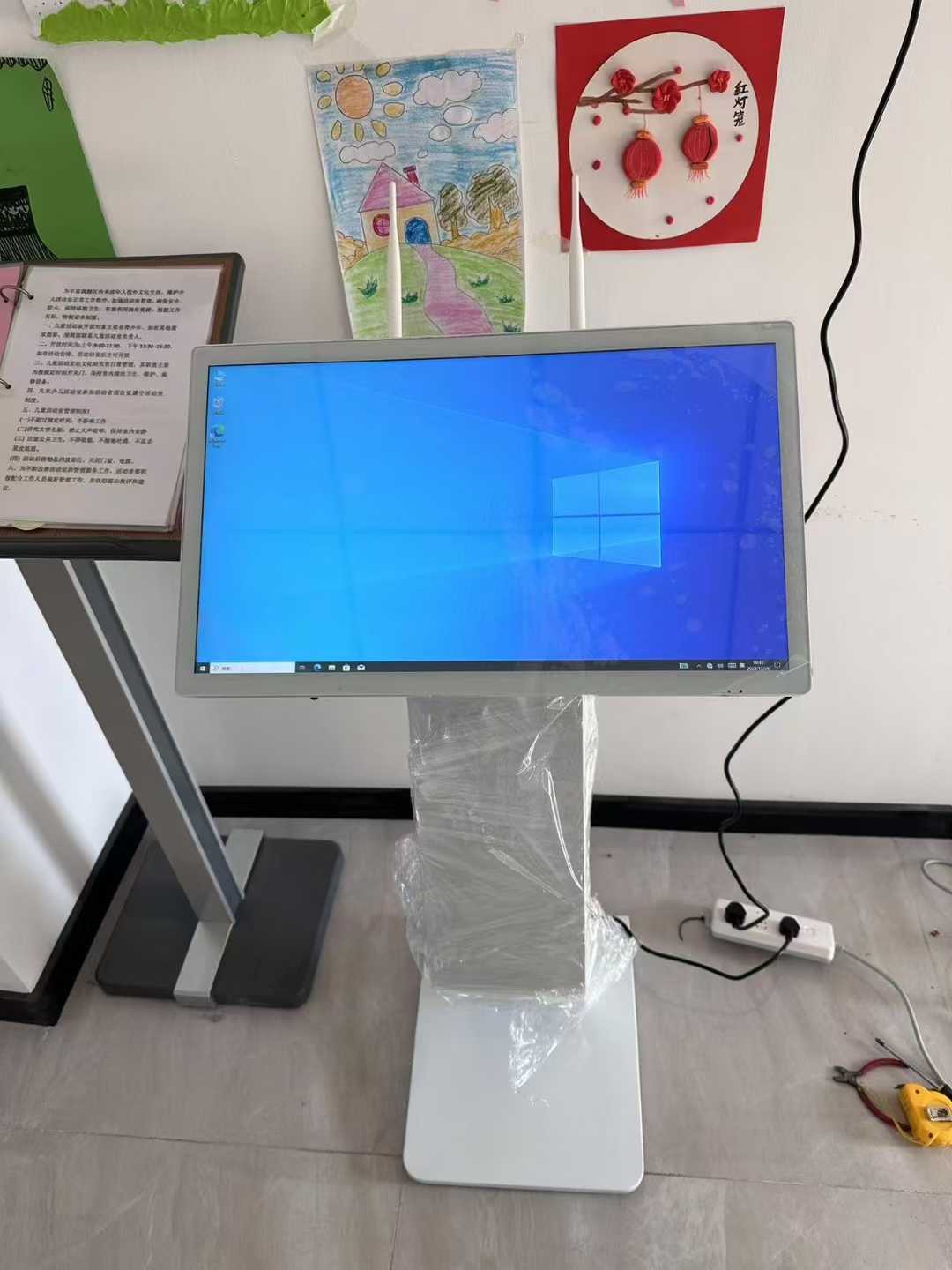Functional Advantages of Touch Query Kiosks
09-08-2025
Touch query kiosks excel through functional features that simplify interactions, deliver info efficiently, and adapt to diverse needs. Their design prioritizes usability and versatility across scenarios.
Intuitive Multi-Touch Interaction
The multi-touch interface is a core strength, supporting gestures like tapping, swiping, pinching, and scrolling—mirroring smartphone habits. This familiarity lets users engage instantly, with no learning curve. Whether zooming into maps, scrolling catalogs, or selecting menu options, the responsive system ensures precision. Advanced models allow multi-user interaction, enabling group tasks like shared scheduling on one screen. This natural interaction boosts user confidence and reduces frustration.
Versatile Information Handling
Touch query kiosks unify diverse data types—text, images, videos, and interactive graphics—into accessible formats. A tourism kiosk might show 360° virtual tours, text descriptions, and real-time weather. In schools, they combine class schedules, faculty profiles, and event videos, catering to different learning styles. Content is organized into searchable categories with filters and keyword tools, helping users find details quickly without sifting through irrelevant data. This versatility makes complex info easy to digest.
Streamlined Task Automation
Beyond info delivery, Touch query kiosks automate routine tasks via pre-set workflows. Users check in, print tickets, update records, or submit requests with step-by-step guidance. The system validates inputs in real time, flagging errors like missing fields and prompting fixes. For example, a library kiosk handles book renewals by scanning barcodes, checking due dates, and confirming extensions in under a minute, cutting reliance on staff. This automation speeds up processes and reduces mistakes.
Customizable for Specific Uses
Interfaces adapt to industry needs, enhancing functionality. Retail Touch query kiosks include barcode scanners for product lookups and inventory links to show stock. Healthcare models add biometric verification for secure patient check-ins and EHR access (with privacy measures). Transit Touch query kiosks integrate GPS for real-time arrivals and route planning. This customization ensures kiosks meet unique demands, whether in malls, hospitals, or stations.
Offline-Online Flexibility
Touch query kiosks balance connectivity for reliability. They store core data locally, letting basic functions—like accessing preloaded maps—work during internet outages. Online, they sync with clouds to update content, process transactions, or share data. A government kiosk, for example, provides form templates offline and submits them once connected, ensuring uninterrupted service despite network issues. This flexibility is key for consistent performance.
Integration with External Tools
Many models connect to external devices, expanding capabilities. USB ports let users print or transfer files; card readers enable secure payments or ID checks. Some link to printers for receipts/tickets, others to sensors—cameras for QR scanning or motion detectors to wake screens. In factories, they connect to machinery to show real-time status or alerts, acting as operational hubs. This integration broadens their functional range.
Get the latest price? We'll respond as soon as possible(within 12 hours)

